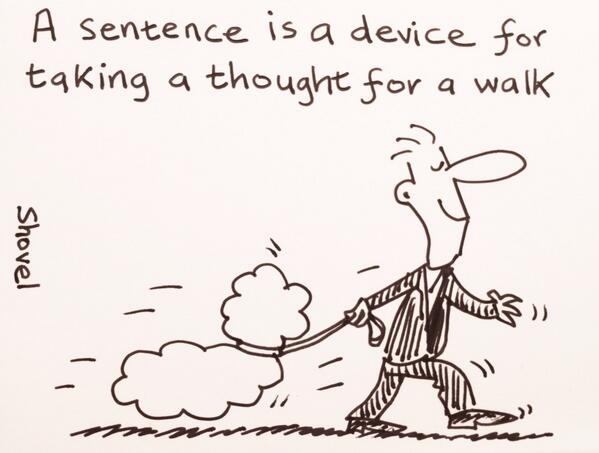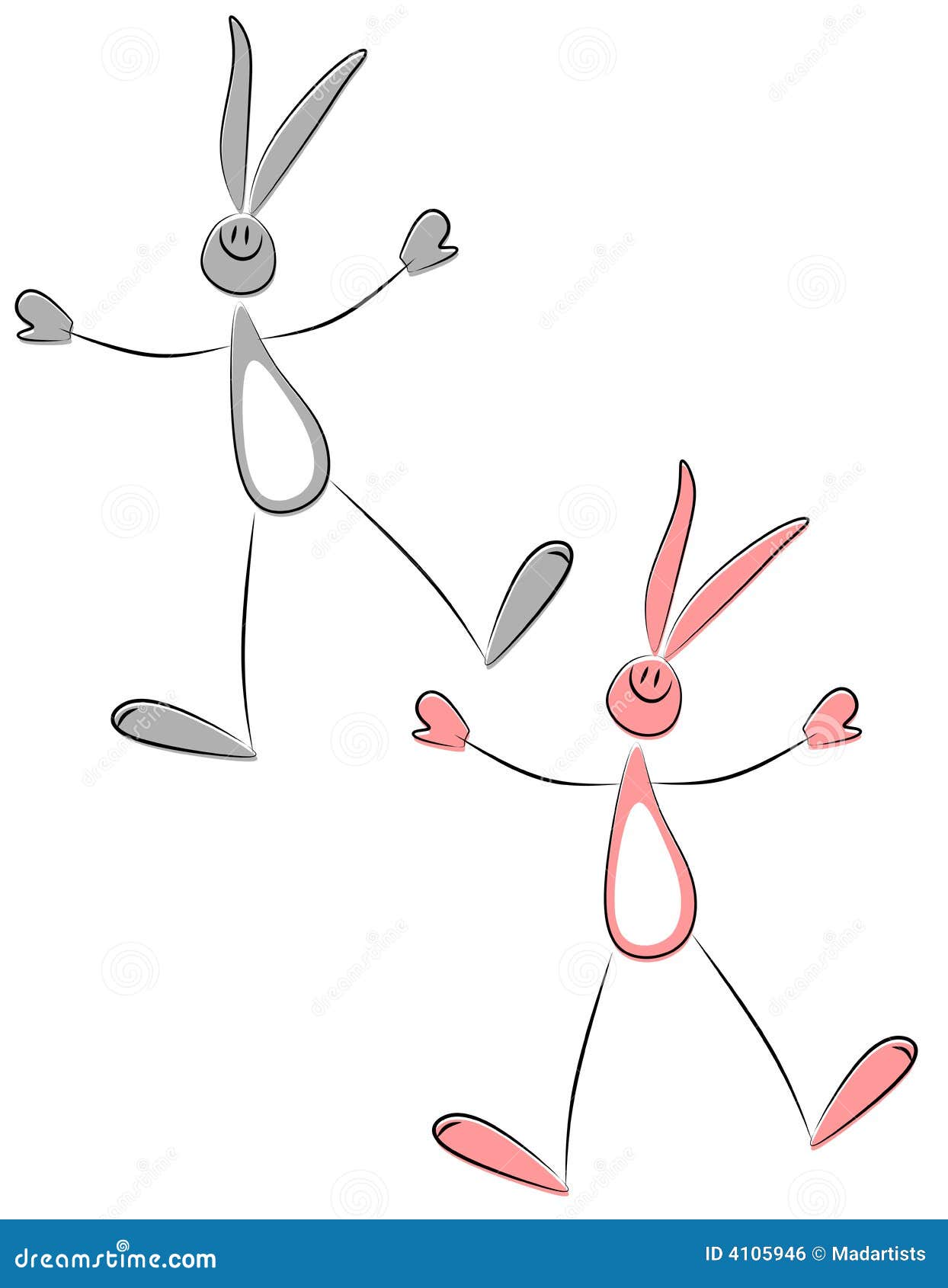We have been considering ways to support all our colleagues to deliver appropriate primary target languages grammar as part of the language learning in school.This fourth round up blog focuses on sentences structure: nouns ,adjectives and commonly used verbs.
We want our teachers to be confident enough to share with children clearly and successfully how to use some verbs in the target language.Remember we stage the learning of verbs across four years of KS2 ...so the activities below represent work with different stages of learner and year groups.
We want our teachers to be confident enough to share with children clearly and successfully how to use some verbs in the target language.Remember we stage the learning of verbs across four years of KS2 ...so the activities below represent work with different stages of learner and year groups.
Teacher's guide to the ways to a step by step developmental understanding of nouns,verbs and adjectives from the perspective of a young child in primary school.
We like to encourage the children to look at texts carefully and become independent language detectives!The magical magnifying glass allows us to ask children to find key language ... and the magnifying glass allows us to search a sentence for the clues we are looking for.
Here is a novel and useful language learning tool that can be used as a device over and over again to explore sentences- putting parts of sentences back together, categorising parts of sentences etc.It can be used with beginners,children who are moving on to the more advanced learners. The device could be an independent activity left in the quiet order for children to use or complete independent grammar tasks during the week etc.
Creating simple descriptive sentences using a noun, a verb and an adjective in this instance to create jungle animals for our display back drop.
The activity is transferable to other contexts and content.
First steps to independent writing ,taking notice of punctuation in the target language.An activity that can then be developed to text based mind the gap writing for dialogues and more detailed text with moving on and advanced language learners.
This is a simple activity that can be used on many different levels . You can work with the children with key individual words,a series of nouns with adjectives, question , sentence , complex sentence or short text .
A calligram activity to help us fill our suitcase with useful Summer holiday clothes sentences.
A creative writing activity that can be transferred to other contexts and content and can be used with different expectations of sentence structure outcomes
a device to track the progress children are making in their ability to write descriptions about themselves and to ask questions- linked to a specific theme .In this case we are collecting leaves as it's based around an Autumn time theme.
This is a great activity using familiar language, drama and grammar for children who are “moving on” in their language learning. It reinforces the literacy work that schools are engaging their children with to understand the grammar of a sentence and the construction of a sentences . It’s an activity that demands correct pronunciation and intonation of the target language and asks the children to not just decode but also understand the message they read and to demonstrate this through performance! It’s also great fun!
This idea can be used across a wide range of language and contexts but it really made me think about how we can help children to improve their target language with physical prompts.
We were focusing upon nouns ( and definite articles) simple present tense common verbs ( in this instance "to be" ) and adjectives ( colours in this case) and how they need to agree with the nouns they describe in French and Spanish.
We were focusing upon nouns ( and definite articles) simple present tense common verbs ( in this instance "to be" ) and adjectives ( colours in this case) and how they need to agree with the nouns they describe in French and Spanish.
Can the children identify the verb, the noun and the adjective in a song or rhyme?Can they now add their own new nouns ,adjectives ans verbs applying the grammatical rules odf the target language?
Writing sentences using bilingual dictionaries to create a sparkling description of a crown or an object(as activity is transferable to other contexts) Activity on three levels :beginners ,moving on. advanced
Ways to support children to develop their own independent reading and writing skills at word and sentence level.
What a marvellous starting point to develop creative writing with young language learners, who have a developing understanding of the simple structure and rules of a target language sentence!
Why not create a class book shop window "display" of target language book covers - one book cover for each month of the year with learners who are moving on.Take a look at nouns, verbs , adjectival agreement and the superlative.Take learning walk along the sentence.Using our magical magnifying glasses, we can analyse the text on the book cover
A creative way to read carefully and show understanding of words,phrases and write our own dialogues
We can work toward creating with our young advanced language learners a drama and grammar sequence of activities using nouns, adjectives, adverbs and creating spoken, performed and written similes!
At the end of the sequence of activities the challenge is to create a "spoken simile silhouette poem" based on a specific groups of adjectives or adverbs.









.jpg)


















